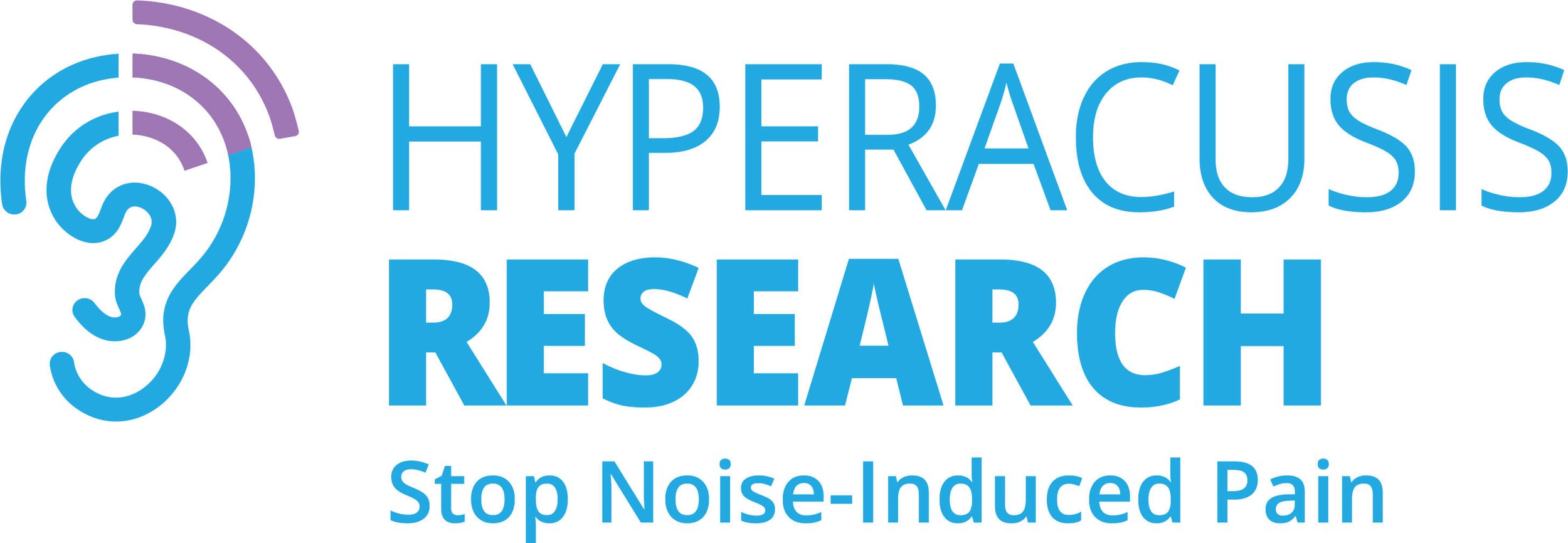Kelly Radziwon, Ph.D.
The Research
State University of New York at Buffalo
Noise-induced hyperacusis in rats with and without hearing loss
Hyperacusis is an auditory perceptual disorder in which everyday sounds are perceived as uncomfortably or excruciatingly loud. Researchers and audiologists assess hyperacusis in the clinic by asking patients to rate sounds based on their perceived loudness, resulting in a measure known as a loudness discomfort level (LDL). Loudness discomfort ratings are a useful clinical tool, but in the lab we cannot ask animals to “rate” sounds. Instead, to measure loudness perception in animals, our lab trains rats to detect a variety of sounds of varying intensity. By measuring how quickly the animals respond to each sound—faster in reaction to higher intensity sounds and more slowly to lower intensity sounds—we can obtain an accurate picture of perceived loudness in animals. By comparing electrophysiological recordings with behavioral performances of the individual animals, this project aims to characterize the relationship between changes in neural activity and loudness perception in animals with and without noise-induced hearing loss.
The relationship between pain-associated proteins in the auditory pathway and hyperacusis
Hyperacusis is a condition in which sounds of moderate intensity are perceived as intolerably loud or even painful. Despite the apparent link between pain and hyperacusis in humans, little research has been conducted directly comparing the presence of inflammation along the auditory pathway and the occurrence of hyperacusis. One of the major factors limiting this research has been the lack of a reliable animal behavioral model of hyperacusis. However, using reaction time measurements as a marker for loudness perception, I have successfully assessed rats for drug-induced hyperacusis and, more recently, noise-induced hyperacusis. Briefly, the animals will be trained to detect noise bursts of varying intensity. As in humans, the rats will respond faster with increasing sound intensity. Following drug administration or noise exposure, rats will be deemed to have hyperacusis if they have faster-than-normal reaction times to moderate and high-level sounds. Therefore, the goal of the proposed research is to correlate the presence of pain-related molecules along the auditory pathway with reliable behavioral measures of drug and noise-induced hyperacusis.
Long-term goal: To broaden our understanding of the neural mechanisms underlying loudness perception in order to find a potential therapeutic target to correct, or mitigate, bothersome hyperacusis.



